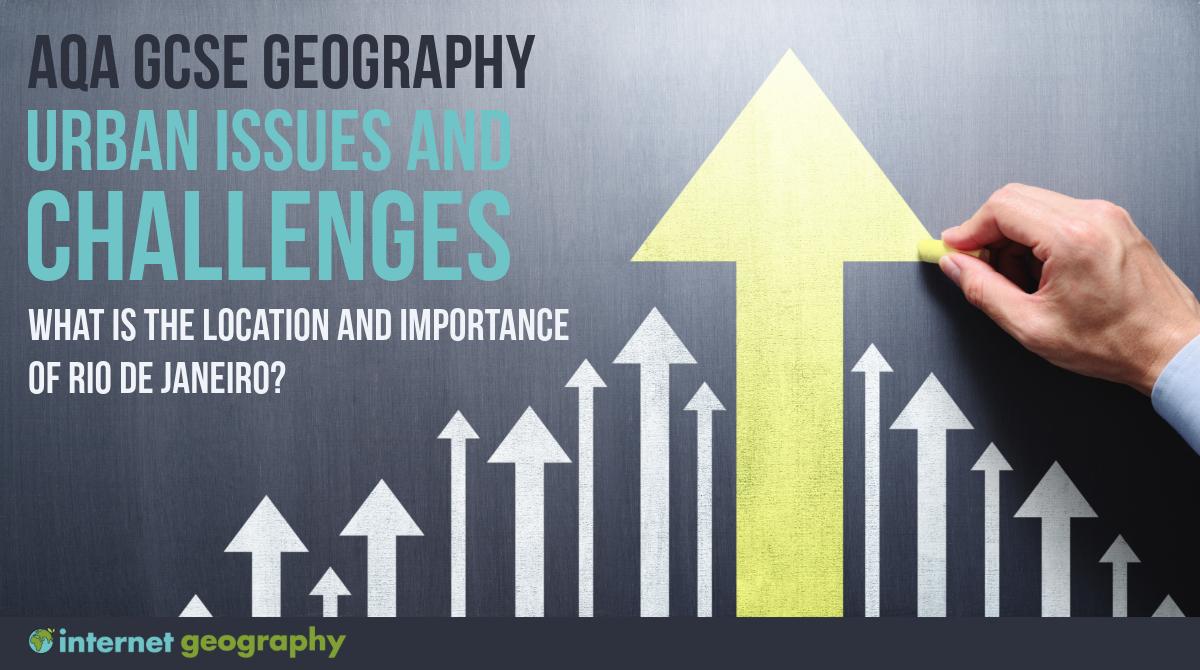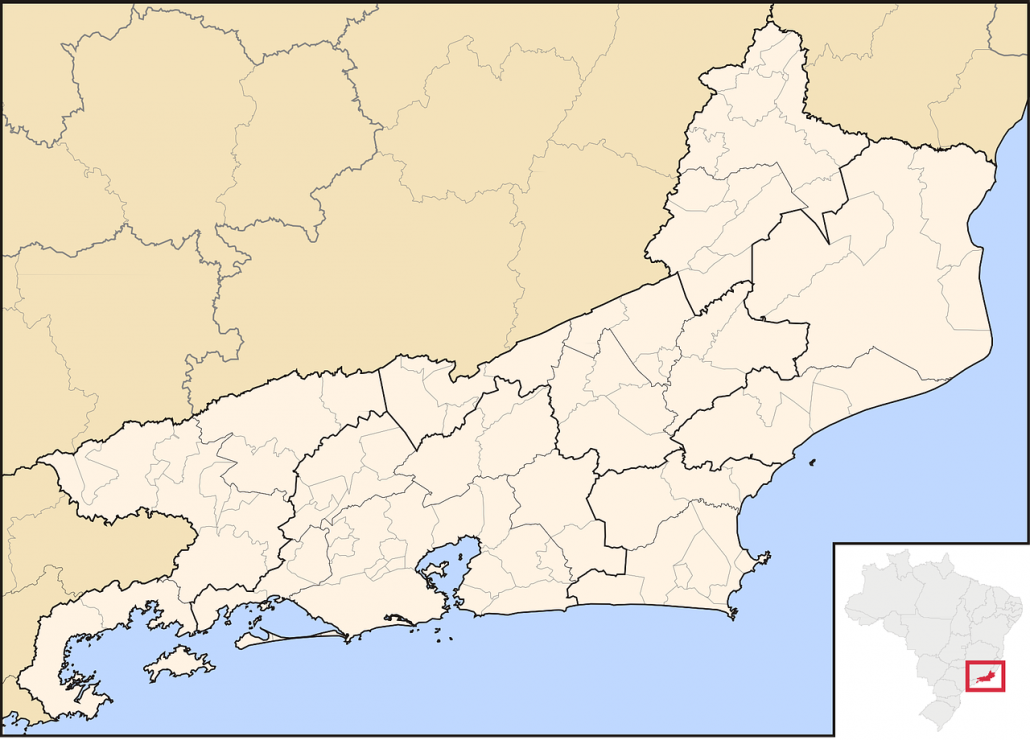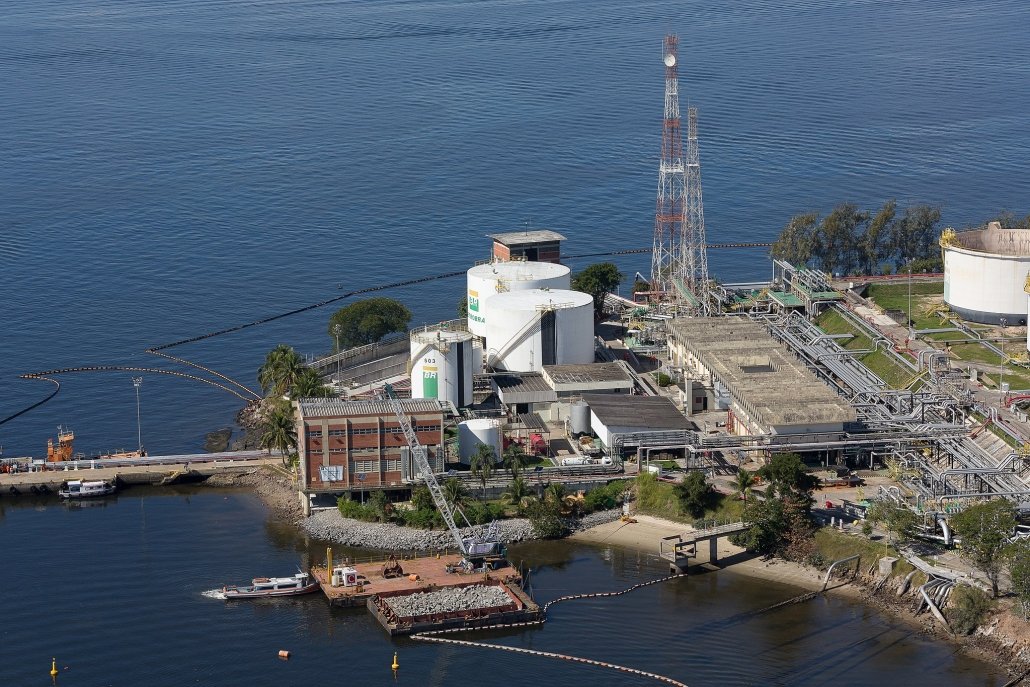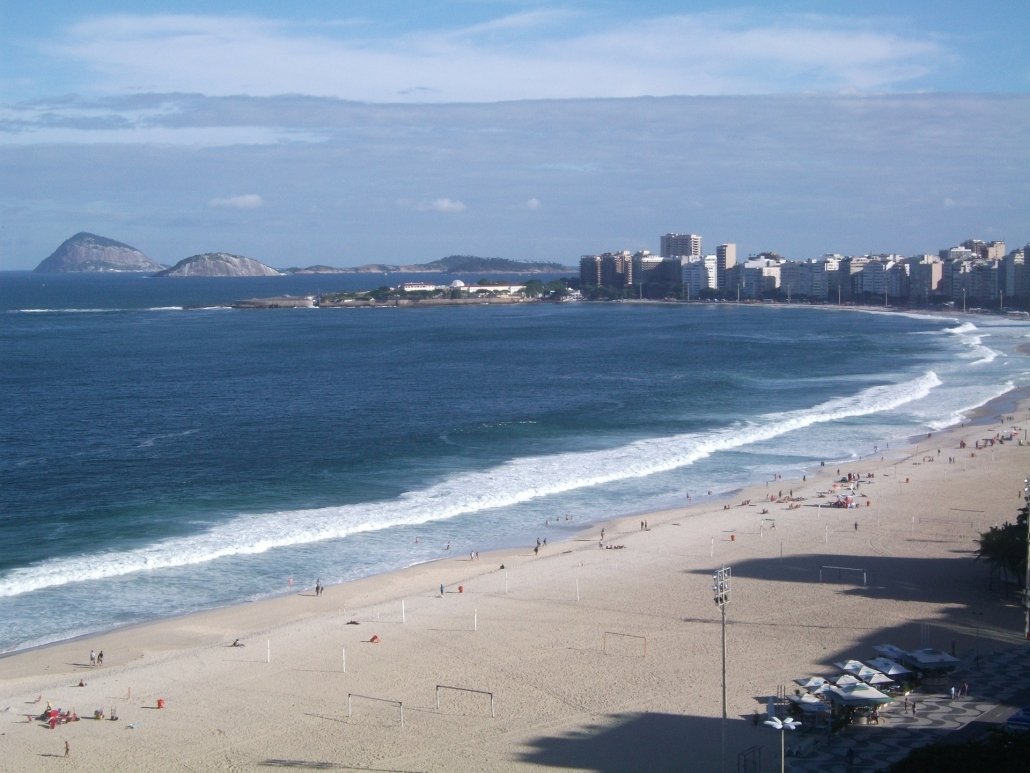What is the location and importance of Rio de Janeiro?
AQA GCSE Geography > Urban Issues and Challenges > Rio de Janerio > What is the location and importance of Rio de Janeiro?
What is the location of Rio de Janeiro?
Rio de Janeiro (Rio) is Brazil’s second-most populated city after Sao Paulo. Its population is 6.5 million, with 12.5 million in the urban area. Rio is located in the State of Rio de Janeiro, on the Atlantic coast in southeast Brazil. The city has grown around a large natural bay called Guanabara Bay.
Rio was the capital of Brazil under Portuguese colonial rule. It was established as a trading port. Brasilia became the capital city of Brazil in 1960 to encourage economic development further inland. However, Rio remains one of Brazil’s most important cities.
What is the importance of Rio de Janeiro?
What is the regional importance of Rio de Janeiro?
Rio is important at a range of levels. At the regional level, it provides schools, hospitals, and universities with opportunities for employment, leisure, and recreation. Rio is also important for its art and culture scene. It is also important as a transport hub, with its international airport and docks enabling trade.
What is the national importance of Rio de Janeiro?
Rio is important at the national (countrywide) level because many of Brazil’s most prominent companies have their headquarters located there. These include mining, oil and telecommunications companies. In addition, Rio is a significant centre specialising in clothing, processed food, chemicals and pharmaceuticals.
Rio is an essential centre for research due to the universities and research labs located in the city. The port is essential for the export of iron ore, sugar and coffee. The city is the second most important area for industry in the country. Some 5% of the country’s GDP is produced here. Finally, Brazil’s major entertainment and media organisations are in the city.
What is the international importance of Rio de Janeiro?
Rio is also important at an international level. The city hosted the 2016 Olympic and Paralympic Games and, in 2014, was a host city for the World Cup. Tourists worldwide flock to Rio to see one of the most iconic landmarks, the Statue of Christ the Redeemer. Its beautiful beaches, landmarks such as Sugarloaf Mountain, festivals, and architecture attract tourists.
It is also an international centre for finance and industry and a central international transport hub with three airports and five ports.






